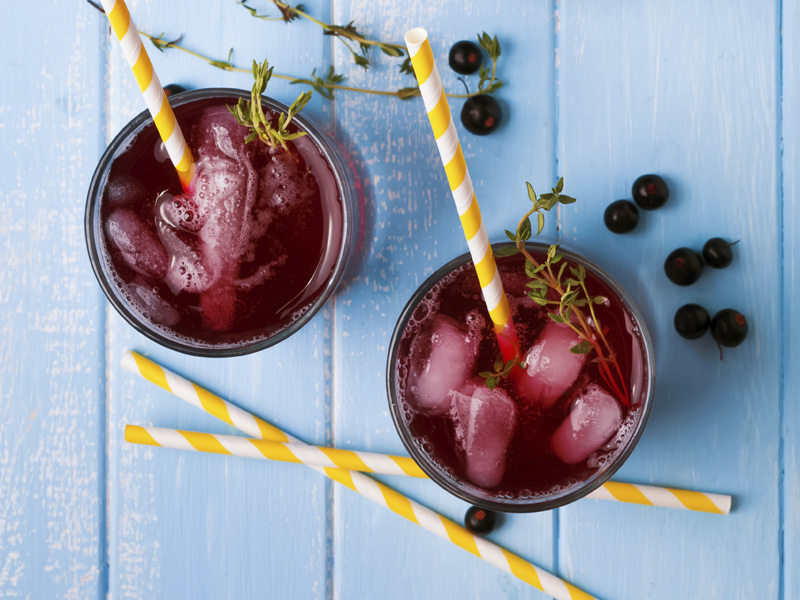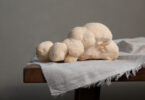It’s hard not to love sangria. This zesty punch is a combination of wine, liqueur and sliced fruit, and is sure to liven up any occasion. It’s informal and refreshing, and the best part about sangria is that there is truly no wrong way to make it. With an alcohol content ranging between 4-11 percent, this punch is as variable as it is fun.
Named for its dark red color, sangria comes from the Spanish word for blood, sangre. This concoction of wine, fruit and spirits has grown in popularity in the United States over the last 50 years, since it was first introduced to the U.S. at the 1964 World’s Fair in New York City. But the drink, which hails from Spain and Portugal, has a much older history. It is speculated that sangria was first created during the Roman occupation of the Iberian peninsula, as early as 200 BC. While the Romans occupied what is now modern Spain and Portugal, they planted vineyards which produced some of the first Spanish wine. At the time water was dangerous to drink, and the blend of wine, water and spices was a necessity for Roman and Spanish citizens alike. Over the centuries, sangria made its way across the empire and into a growing Europe. Accounts from the Middle Ages speak of hippocras, a fruity beverage that may be very similar to its Spanish predecessor.
Today, the culture of sangria transforms wherever it is served. In Spain, sangria remains a popular drink in bars and pubs, celebrated with locals as with tourists. Ready-made, bottled sangria has also become extremely popular. Recently the national drink has become regionally protected within the European union; only sangria made within Spain or Portugal can be sold as such. In the United States, anything goes; from a traditional red wine with oranges and apples, to Asian influences of lychee and Thai basil, to rose champagnes and strawberries. Cool and easily enjoyable, sangria has become a darling of large spring and summer gatherings.
When making sangria, it’s important to give it plenty of time for the flavors to steep and develop. After mixing, the cocktail should be stored in the fridge for at least 2 to 4 hours. This allows the fruit juices to infuse into the wine, and to soak up the complex flavors of the wine and liqueur. Time and a little tinkering can make this a personalized, and fun party go-to. Make sure to slice extra fruit, so you’ll be ready for a second batch!
The Wine
When choosing the wine for sangria, look
out for a good quality, well-priced red wine.
You want to choose one you’d drink on its own, but won’t break the bank. A dry, medium bodied wine with fruity tones will accent the added sweeteners. Garnacha, Tempranillo, Zinfandel, Bonarda, Nero d’Avola
The Spirits
Liqueurs and cordials add depth and zing to the mix. Look out for orange or raspberry flavored cordials, or honey flavored liqueurs. Fruit can also be soaked in the spirits prior to adding the wine. Brandy, Cognac, Orange Cordials, Honey Vodka, Marsala
The Fruit
Traditionally apples and oranges are always found in sangria, but they aren’t the only fruits out there for this drink! Anything from citrus to berries work wonderfully. Slice or chop the fruit with the peels on, and serve with a wooden spoon to dish out. Oranges, apples, lemons, limes, mangos, peaches, grapes, strawberries, raspberries, lychee
The Sweeteners
Some believe that fruit should be the only sweeteners in sangria. But you can make sangria to suit your tastes, and adding club soda or ginger ale also provides a pop of carbonation. Sugar, honey, syrup, sparkling water, tonic, citrus juices,
club soda, ginger ale
The Spices
For an added touch, stir in some spices.
Cinnamon, cloves, anise, pepper, basil


